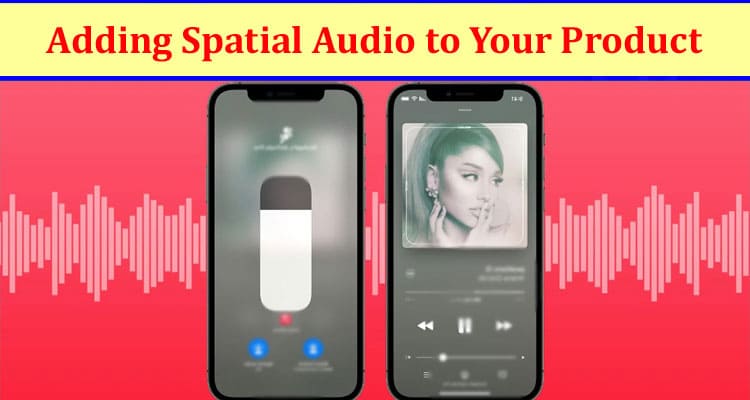Businesses can benefit greatly from investing in spatial audio technology. With advancements in streaming services, videoconferencing, and gaming, there are numerous opportunities to utilize spatial audio. On the user side, spatial audio can be used in marketing projects such as audio and video ads to stand out and produce high-quality content for online and mobile viewing. As marketing becomes increasingly competitive, spatial audio can give businesses an edge.
There are clear advantages for companies to explore spatial audio, as indicated by various factors. These benefits can be gained by investing in spatial audio technology and incorporating it into marketing campaigns and office settings. However, spatial audio is not a plug-and-play feature that can be easily added to a video advertisement.
Professional musicians and studios are typically needed to create the 3D sound experience or any other type of spatial audio. Spatial audio is an innovative technology that enables sounds to travel around you in a three-dimensional space. It started in movie theaters, where sounds (like helicopters flying by) move between speakers to simulate a realistic experience.
Better Customer Experience
Spatial audio makes listening more immersive, realistic and able to make the listener feel like they’re in the middle of the action. That’s why the technology is already gaining traction among several major brands. Likewise, spatial audio is now a regular feature in music streaming services thanks to a combination of high-quality hardware, software and content mixed for the format.
It even made its way to the audio-only social media app, allowing users to experience the feeling of being in a room together rather than just talking into their headphones. And that’s the immediate difference in sound quality that could catalyze a bigger trend toward better-sounding audio solutions, including 3D spatial audio support.
Increased Productivity
Spatial audio makes music sound lifelike and realistic, and it can make show feel like you’re in the middle of all the action. It also transforms how people listen to music and creates a more personal and intimate experience. It makes it a powerful tool for music producers and artists to stand out. While the common misconception is that spatial audio only works when listening through headphones, it thrives without them.
You’ll require a compatible device to experience the immersive 3D audio fully. With this feature enabled, the latest AirPods and the Beats Pro models can use their accelerometers and gyroscopes to track your head movements. They can then dynamically use their built-in spatial audio to move sound sources around you in a 3D space. Sounds closer to you are louder, while sounds farther away are quieter.
This same technology is used in virtual reality environments to enhance the sense of immersion, such as 3D social VR platforms, virtual meeting solutions that prioritize real-time sonic communication, and even virtual wellness and gaming applications. They can create immersive experiences that feel more realistic and engaging than traditional 2D content, requiring less visual effort.
Enhances the Visuals
Aside from making music sound more lifelike and realistic, spatial audio can help make your home TV shows, and games more immersive and engaging.
It’s a cool trick that allows your headphones or earbuds to sound like a surround-sound system—but without the cost of multiple speakers scattered around your living room. When used for video content, such as movie soundtracks, it adds a new level of immersion by taking the on-screen action to the next level. Suddenly, the helicopters flying over your head in a car chase or the bullet whizzing past you in a game seem much more real than ever before.
To experience spatial audio, you need media that has been mixed in this format and a device that supports it. Many popular streaming services (including Netflix, Amazon, and Disney+) have started offering various TV shows that have been mixed.
Increases Engagement
Spatial audio gives users a new way to engage with content. It makes music sound more lifelike and realistic, as well as immersive. It can also make TV shows feel more authentic. When you go to a movie theater and hear the sound of helicopters flying by over the speakers, it makes you feel like you’re in the middle of the action.
Now, newer technology attempts to recreate that feeling at home with headphones or earbuds. It is called spatial audio, and it’s becoming increasingly popular. It works by adding a 3D effect to stereo or surround audio. Sounds close to you can be heard from speakers in front of, beside, behind, and above you, while the sounds farther away are played more quietly.
Apple’s AirPods Pro and other earbuds, as do some headsets from different brands, support this feature. For a truly immersive experience, you should use them with a good set of headphones or a surround sound system. For group communication apps, spatial audio is a game-changer. It increases intelligibility and reduces the cognitive load required to follow a conversation.





